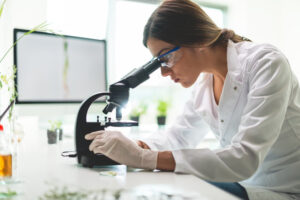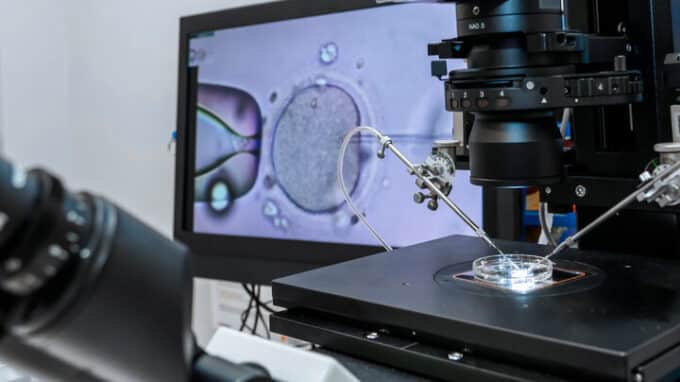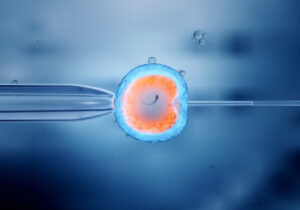Fertility treatments are becoming increasingly popular, helping many couples to have the child they long for. But what new procedures are currently available? Below you will find an overview of the latest developments in fertility medicine—what is currently being researched, what is on its way to clinical application, and where ethical issues are important.
What’s New in Fertility Treatments?
1. Egg cells from skin cells (“in vitro gametes”)

Researchers at Oregon Health and Science University have created human egg cells from skin cells by transferring the nucleus of a skin cell into an egg cell without its own nucleus (“nucleus transfer”).
- Advantage: could help women whose egg reserves are depleted or who have been damaged by illness (e.g., chemotherapy).
- Hurdle: currently very inefficient; many of the eggs produced show chromosomal abnormalities, and only a few embryos have developed beyond about day 6. Safety and stability need to be significantly improved.
2. Improved implantation through new medications
A new medication called OXO-001 showed an improvement in implantation rates in IVF treatments in a study, resulting in about 7% more live births.
- It aims to make the uterine lining more receptive to the embryo.
- Important: not yet widely available; long-term effects and safety are still being researched.
3. Artificial intelligence and personalized protocols
- ILETIA: An AI-based model that predicts the optimal time between hormone triggering and egg retrieval for a specific stimulation protocol. Goal: more mature eggs and better success rates.
- General: AI is increasingly being used in embryo selection (e.g., via time-lapse imaging), in predicting treatment success, and in personalized stimulation plans.
4. Implantation & uterine environment

- Researchers have identified prostaglandin receptors (DP and EP4) that play an important role in the formation of decidual tissue—the tissue that forms in the uterus and is essential for embryo implantation. Targeted activation of these receptors could improve implantation problems therapeutically.
- Painkillers such as piroxicam have been tested in individual case studies to improve pregnancy rates after intrauterine insemination (IUI) – presumably by reducing uterine contractions.
5. Genetic testing and non-invasive diagnostics
- niPGT (non-invasive preimplantation genetic testing): This involves analyzing genetic material released by embryos into the culture medium without the need for a biopsy. This reduces potential risks.
- Research on microRNAs and other small RNA molecules is providing new insights into how embryos develop in the first few days, which may help to understand implantation failures. ScienceDaily
6. Cryopreservation and fertility preservation
- The cryopreservation of eggs, embryos, and ovarian tissue is becoming increasingly efficient. Modern methods such as vitrification result in high cell survival rates after thawing.
- Research into the freezing of ovarian tissue is also continuing—this is particularly important for cancer survivors.
Challenges and Open Questions
- Safety & long-term data: Many of the new technologies are still in animal models or in early clinical stages. It is often still unclear whether damage or side effects will only become apparent later (e.g., chromosomal abnormalities, long-term health of offspring).
- Ethics: Ethical questions arise particularly with methods such as creating eggs from skin cells or motherhood through cell nucleus transfers – e.g., identity, parenthood, risk to offspring, etc.
- Regulation & approval: Varies greatly from country to country. Not all new therapies are approved quickly or at all.
- Costs & accessibility: New procedures are often expensive and technically complex. There is a risk that only certain groups will have access to them. Insurance companies do not cover all services either.
- Scientific evidence: Many “add-ons” (additional procedures) for IVF are already being offered, even though the data available is not robust. There is a need for large, randomized studies. Some institutions are currently investigating how useful and safe these additional measures are.
Outlook
It is to be expected that procedures that are still experimental today will mature over the next 5-10 years and perhaps become clinically available – e.g. in vitro gametes, better implantation drugs, safer niPGT. Digitalization and data-driven medicine will continue to gain in importance: better prediction models, telemedicine, automated laboratory processes. Fertility care (e.g., education, earlier diagnosis, conservation techniques) will also become more of a focus.





